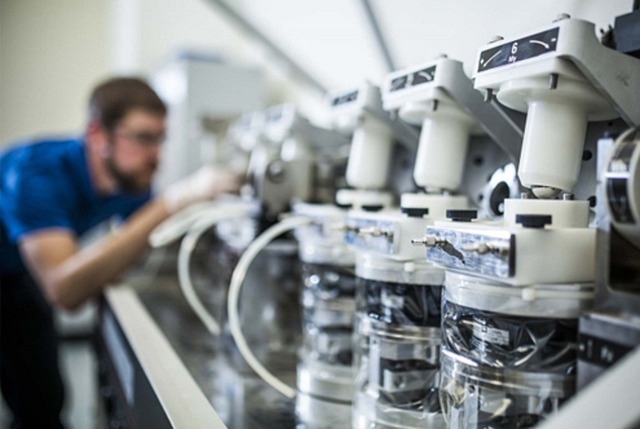The advent of advanced robotics has ushered in an era of transformative change in the healthcare sector, revolutionizing how patient care is delivered. The automation of medical instruments is a prime example of how technological innovations can enhance the efficiency, accuracy, and safety of medical procedures, leading to improved patient outcomes and operational efficacy in hospitals.
In recent years, we’ve witnessed significant advancements in robotics, ranging from surgical robots to automated diagnostic tools. These innovations are not merely futuristic ideas; they are tangible technologies that are reshaping the landscape of healthcare. For instance, robotic surgical systems allow surgeons to perform intricate procedures with unparalleled precision, minimizing invasiveness and reducing recovery times for patients. By automating certain tasks during surgery, these robots enhance the surgeon’s capabilities, allowing them to focus more on decision-making and patient interaction.
Moreover, the automation of medical instruments facilitates a more streamlined workflow within healthcare facilities. Automated systems can manage inventory, update patient records, and coordinate care among multiple providers. This not only alleviates the burden on healthcare staff, allowing them to dedicate more time to direct patient care, but also drastically reduces the risk of human error. For example, automation in MRI and CT scans has enhanced imaging accuracy, leading to better diagnostic capabilities that ultimately contribute to more effective treatment plans.
Additionally, health innovations related to robotic technology have led to the development of assistive devices, which aid individuals in overcoming physical challenges. From robotic exoskeletons that help paraplegics regain mobility to automated systems for medication management that ensure patients receive their treatments on time, the impact of robotics in personal care is profound. These advancements illustrate a commitment not just to treatment but to an overarching quality of life for patients.
As telemedicine continues to gain traction, the intersection of robotics and remote healthcare becomes increasingly relevant. Robotic instruments can be controlled remotely, allowing specialists to perform procedures from across the globe. This not only expands access to quality healthcare for underserved populations but also bridges geographical gaps, providing timely care when it is needed most. Imagine a world where a skilled surgeon can see, assess, and treat a patient located thousands of miles away with the aid of advanced robotic tools. This vision is becoming a reality, thanks to the relentless pursuit of innovation in robotics.
In summary, the automation of medical instruments is not just a technological advancement; it’s a necessary evolution in the way we approach healthcare. As we embrace these innovative tools, we stand on the cusp of a new era where precision, efficiency, and patient-centered care are paramount. Robotics is not just changing the physical landscape of healthcare—it’s reshaping the very nature of how we think about and deliver medical care.




